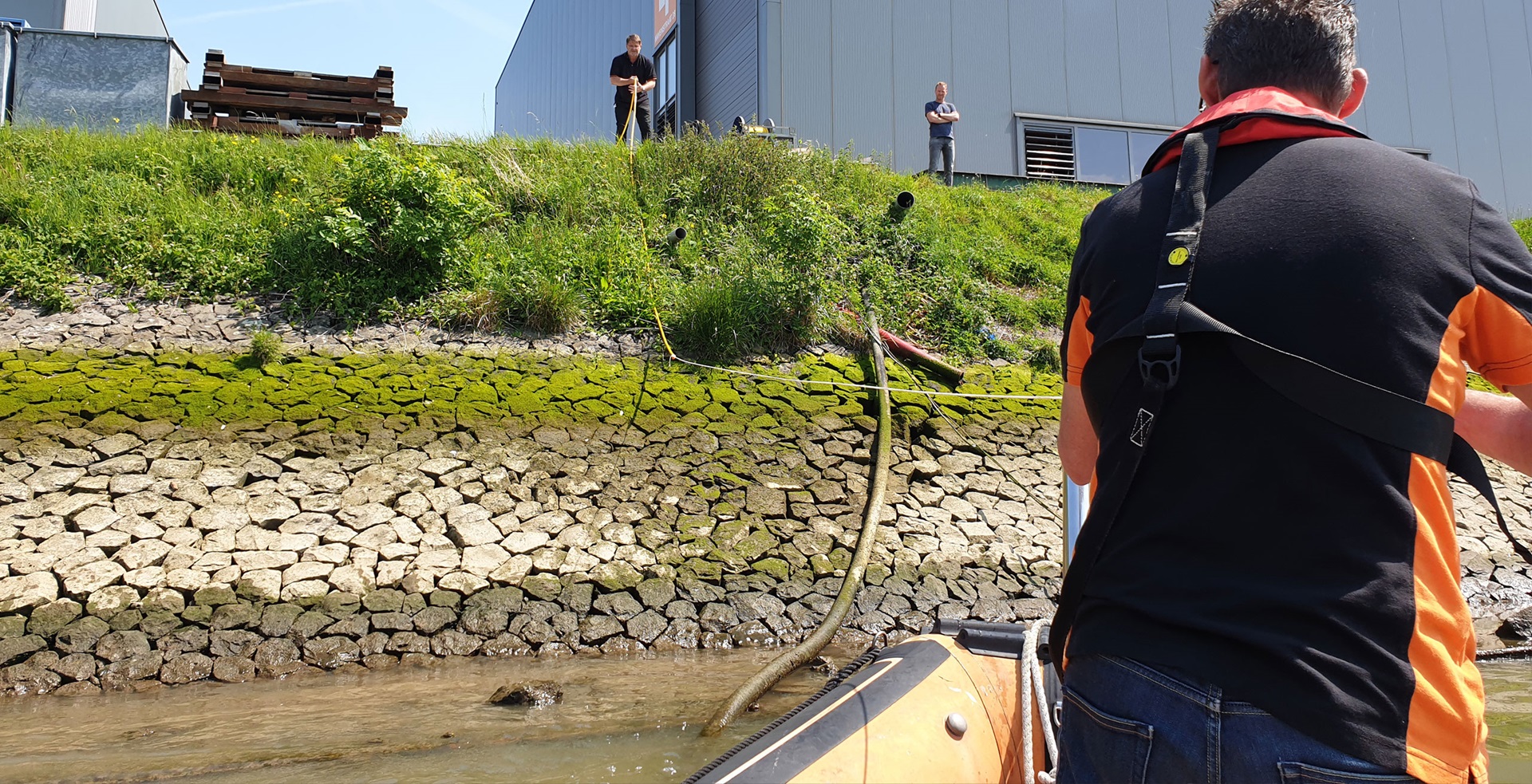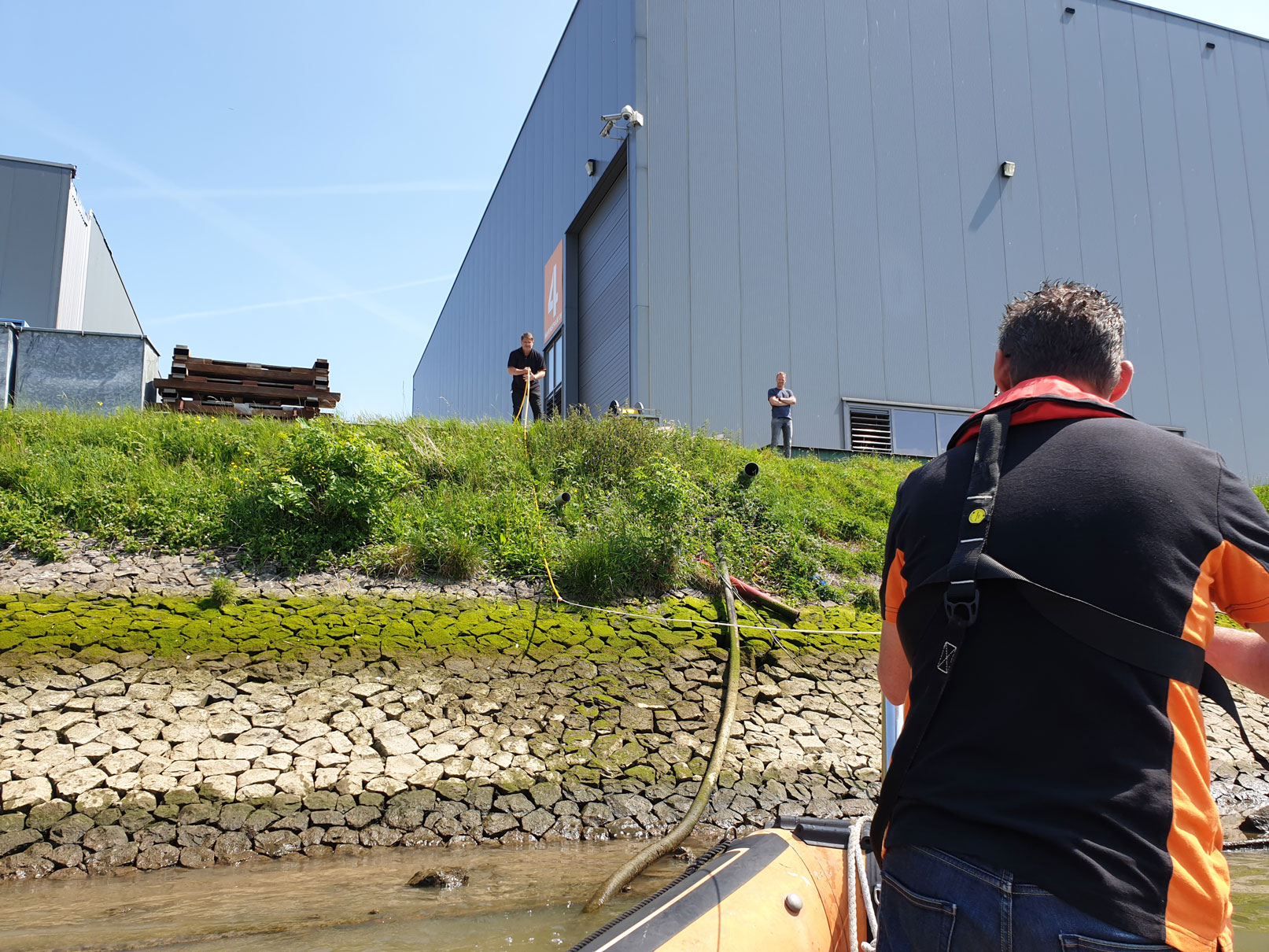

Having your own ship gives you new perspectives into challenges of shipping we normally don't really look at. This time it was avoiding emissions in port – by being able to get electricity supply from shore.
AHTI is fully equipped to receive power from shore and everything is on board – but this is only half the answer. The other half is actually "the socket" on shore, out of which the electricity comes, and this is where it gets complicated. As a consequence, whenever we did work on AHTI we had to fire up a diesel generator on board to keep the lights on – just like almost every ship in the world does. And, like almost every other ship in the world, we burn diesel to generate electricity, something we want to avoid if we can. And we wouldn't be Wärtsilä if we couldn't.

With the help of the dinghy (which can now proudly and rightfully call itself a "cable layer") we brought electricity from our workshops and across a stretch of water to a freshly mounted junction box, where we connected AHTI's own power supply cable. The physical installation is now done, tomorrow we take the electrical part into operation. Result: no more burning of diesel to have power on board. As a nice side effect the engine room will be more silent and not as hot as when engines run in there, something which is really nice in summer.
For us it was a bit of unexpected work, but contributes to our efforts to avoid CO2 emissions, so worthwhile doing it. For big ships, with completely different power demands, it remains a huge challenge on the decarbonisation journey. It's not all software and silicon – sometimes it’s a lot of copper instead.
